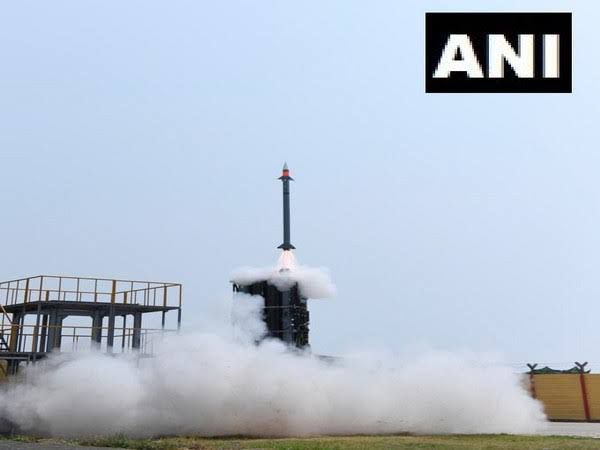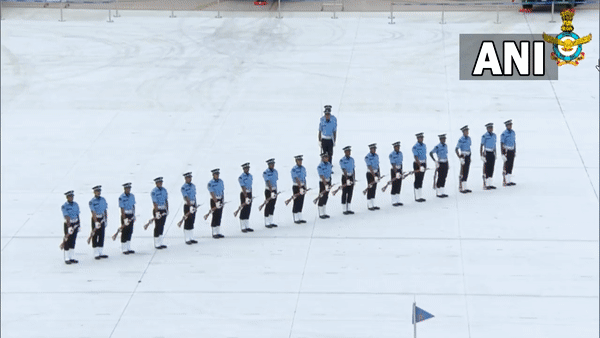In what could be a major boost for self-reliance in the defence sector, India is indigenously developing a three-layered long-range surface-to-air missile (LRSAM) defence system which would be able to strike down enemy aircraft and missiles at around 400 Km ranges.
The proposal for developing a three-layered long-range surface-to-air missile system is at an advanced stage in the Defence Ministry and is expected to be taken up for clearance soon, defence sources told ANI.
The over USD 2.5 billion project will help india to be part of an elite group of militaries with indigenous capabilities to shoot down enemy assets in the air from such ranges, they said.
The missile system will have three layers of surface-to-air missiles, which would allow it to hit targets at different ranges.
The surface-to-air missile system development work has been taking place as India worked with Israel to develop the medium-range surface-to-air missile system MRSAM which can hit aerial targets at 70 plus kms.
The Indian system, sources said, would be very capable and would certainly be in the class of the S-400 air defence system already acquired from Russia and deployed along the China and Pakistan border.
The Defence Research and Development Organisation (DRDO) has made significant success in terms of developing air defence weapons for both ground-based and warship-based systems.
After the LRSAM project was taken up by the DRDO, the Indian Navy changed the name of its indigenous LRSAM system to MRSAM.
The Army and the IAF already had named a similar indigenous system as MRSAM.
The Indian defence forces already have the S-400 air defence systems, which can hit targets at 400 Km maximum distance and also have the capability to take out targets at shorter ranges too.
The system is used by the Chinese military as well, which has deployed it along the Line of Actual Control (LAC) with India. The Chinese also have their indigenous air defence systems but they are less capable than the S-400.
Three squadrons of the S-400 have already arrived in India and operationalised but the delivery schedule of the remaining two units is unclear.
The project lead for the LRSAM project would be the Indian Air Force which is keen on promoting indigenisation in defence hardware. (ANI)
Read More: http://13.232.95.176/

